- salesmobilecollection@gmail.com
- 02477673433
- Mon - Sat : 9:00 TO 6:00 | Sun : 10:00 TO 4:00
Reparing
Repair
We Repair Everything For Your Device
We specialize in diagnosing and fixing issues with smartphones and tablets. Our services typically include screen replacements, battery changes, software troubleshooting, and other hardware repairs, with convenient on-site or mail-in options for customers.
We also Provide Warranty upto 24 Months.

Mobile Service
Expert mobile repair services

Tablet Service
Comprehensive tablet repair solutions
Screen Replacement
Battery Replacement
Diagnostic Services
Charging Port Repair
Water Damage Repair
Camera Replacement
Rear Glass Replacement
Unlocking
Screen Replacement

Replacing screens on mobile devices and tablets requires precision and expertise to ensure optimal functionality post-repair.
Cracked or damaged screens not only compromise the device’s aesthetic appeal but also hinder usability and may lead to further internal damage if not addressed promptly.
Professional repair services typically begin with a thorough assessment to identify the extent of damage and determine the appropriate replacement parts.
Cracked or damaged screens not only compromise the device’s aesthetic appeal but also hinder usability and may lead to further internal damage if not addressed promptly.
Professional repair services typically begin with a thorough assessment to identify the extent of damage and determine the appropriate replacement parts.
Technicians use specialized tools and adhere to specific procedures to carefully remove the old glass or screen and install a new one seamlessly.
Battery Replacement

Replacing the battery in mobile phones and tablets is a common maintenance procedure that extends the lifespan and usability of these devices. Over time, the battery capacity of smartphones and tablets diminishes due to regular usage and charging cycles. When the battery no longer holds a charge like it used to, replacing it becomes necessary to restore the device’s performance and battery life.
Battery replacement typically involves opening up the device, which may require specialized tools and expertise to avoid damaging other components. Many mobile phones and tablets have batteries that are not easily accessible to the average user, necessitating professional service or repair centers equipped to handle such tasks.
Diagnostic Services
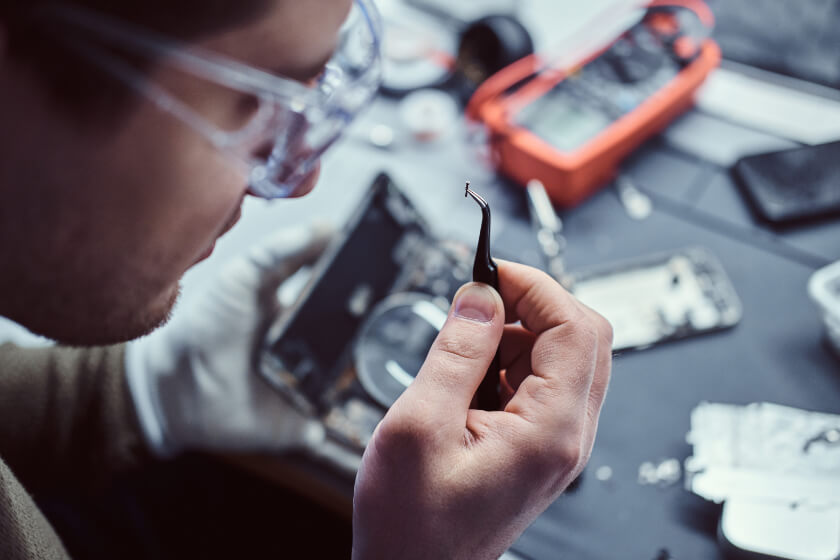
Diagnostic services for mobile phones and tablets play a crucial role in identifying and resolving issues that affect the performance and functionality of these devices.
When a mobile device experiences problems such as battery draining quickly, overheating, software glitches, or hardware malfunctions, diagnostic services are employed to pinpoint the root cause of these issues.
When a mobile device experiences problems such as battery draining quickly, overheating, software glitches, or hardware malfunctions, diagnostic services are employed to pinpoint the root cause of these issues.
Mobile and tablet diagnostics typically involve a series of tests and checks on various components including the battery, display, camera, processor, memory, and connectivity features like Wi-Fi and Bluetooth.
Charging Port Repair
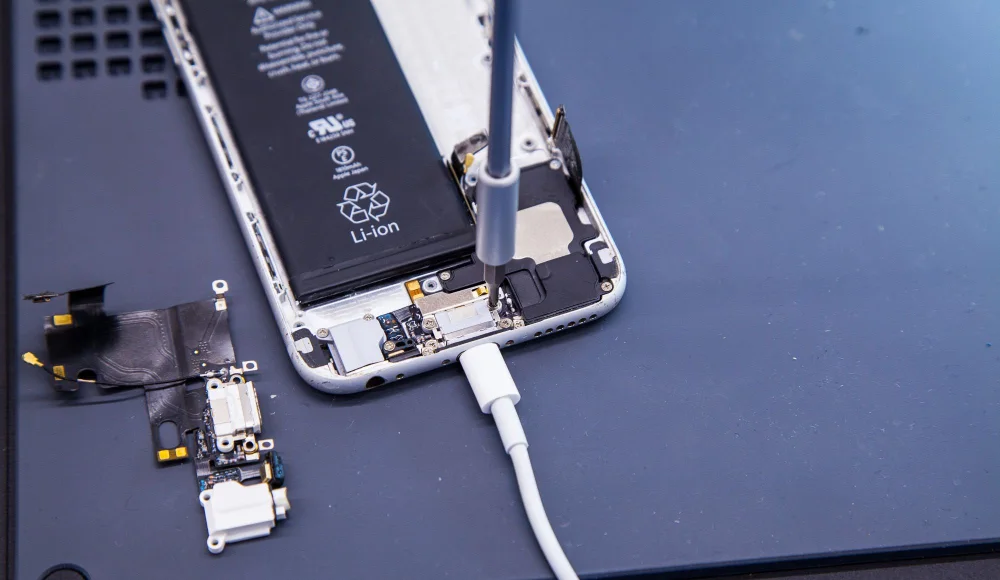
Charging port repair for mobile phones and tablets is a critical service that addresses issues related to charging connectivity, such as ports becoming loose, damaged, or unresponsive.
When the charging port malfunctions, symptoms may include difficulty in connecting the charging cable, intermittent charging, slow charging, or complete inability to charge the device.
When the charging port malfunctions, symptoms may include difficulty in connecting the charging cable, intermittent charging, slow charging, or complete inability to charge the device.
These issues can arise due to physical damage from inserting cables forcefully, accumulation of dust or debris inside the port, or wear and tear over time.
Prompt repair of charging port issues restores normal charging functionality and ensures the device remains operational for everyday tasks and communication.
Water Damage Repair
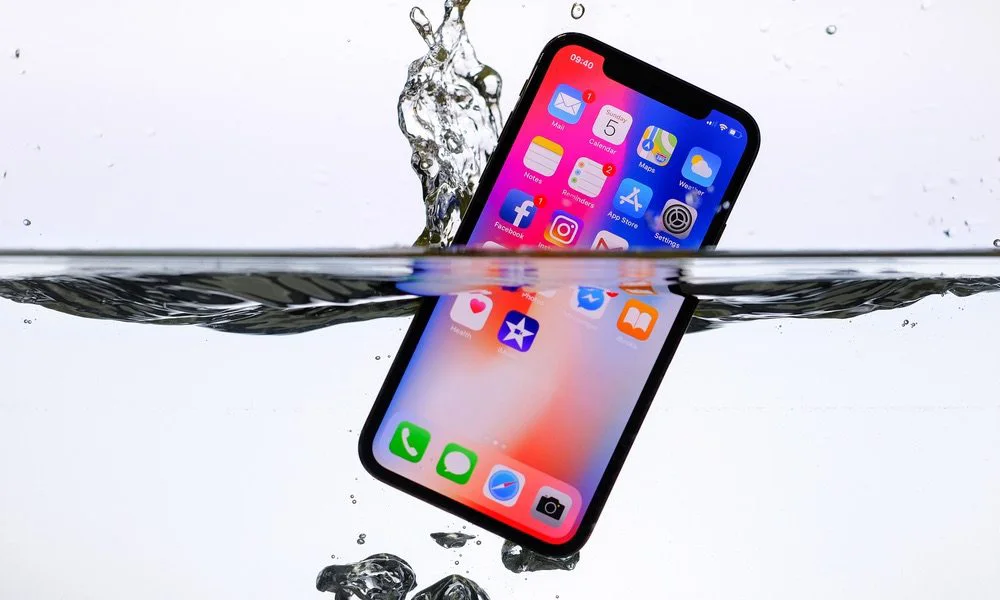
Repairing water damage in mobile phones and tablets is a specialized service crucial for devices that have been exposed to moisture or submerged in water.
Water damage can cause various issues such as malfunctioning buttons, unresponsive touchscreens, distorted audio, or complete failure to power on.
Water damage can cause various issues such as malfunctioning buttons, unresponsive touchscreens, distorted audio, or complete failure to power on.
Immediate action is essential to prevent permanent damage to internal components.
When a device suffers water damage, technicians first assess the extent of the damage through diagnostic tests.
They carefully disassemble the device to clean and dry internal components, removing any moisture or corrosion that could affect its functionality.
They carefully disassemble the device to clean and dry internal components, removing any moisture or corrosion that could affect its functionality.
Camera Replacement
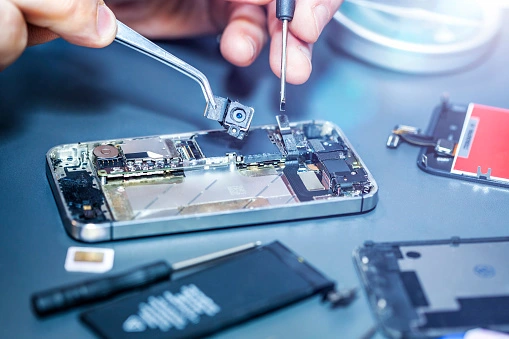
Replacing the camera in mobile phones and tablets is a specialized repair service aimed at restoring the functionality of the device’s primary and/or front-facing cameras.
Cameras are integral to capturing photos, recording videos, and engaging in video calls, making their proper functioning crucial for users who rely on these features.
The process of replacing a mobile or tablet camera typically involves disassembling the device to access the camera module itself.
Cameras are integral to capturing photos, recording videos, and engaging in video calls, making their proper functioning crucial for users who rely on these features.
The process of replacing a mobile or tablet camera typically involves disassembling the device to access the camera module itself.
Professional technicians use precision tools to carefully remove and replace the damaged camera component with a new one that matches the device’s specifications.
They ensure proper alignment and calibration to restore optimal camera performance.
Rear Glass Replacement
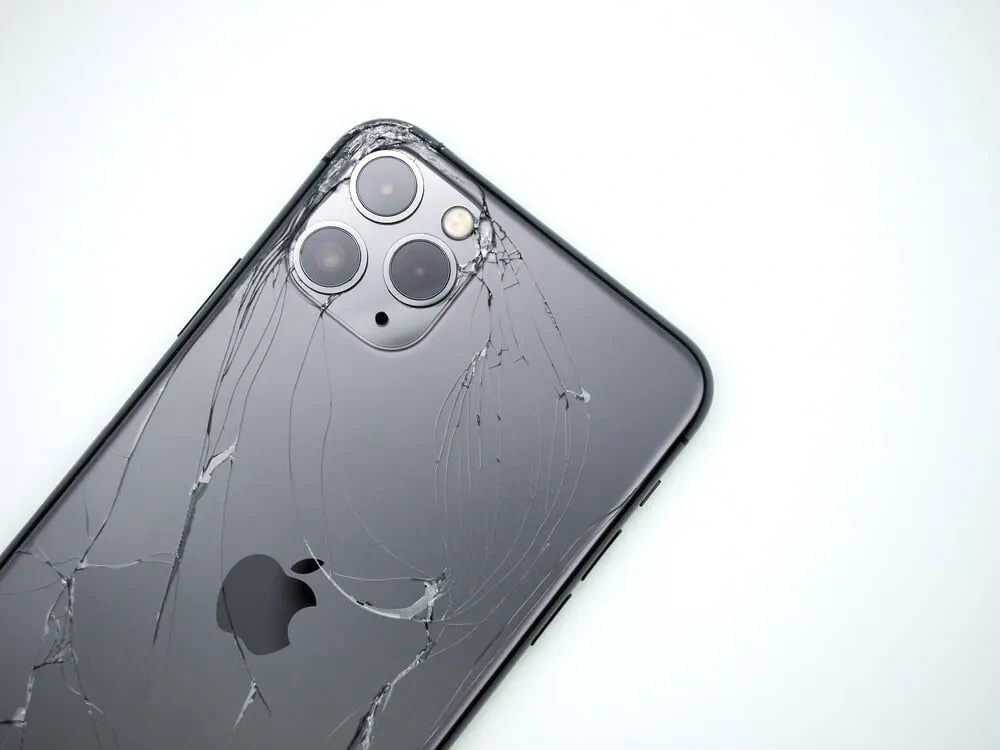
Replacing the rear glass of mobile phones and tablets is a delicate repair service aimed at restoring both the aesthetic appeal and structural integrity of the device.
The rear glass panel serves as protection for internal components and often houses important features like cameras and antennas.
Damage to this glass, such as cracks or shattered pieces, not only affects the device’s appearance but can also compromise its waterproofing capabilities and overall durability.
The rear glass panel serves as protection for internal components and often houses important features like cameras and antennas.
Damage to this glass, such as cracks or shattered pieces, not only affects the device’s appearance but can also compromise its waterproofing capabilities and overall durability.
Technicians use specialized tools and techniques to safely remove the broken glass without causing further damage to other components.
Once the old glass is removed, they meticulously clean the surface to ensure proper adhesion for the new glass panel.
Unlocking
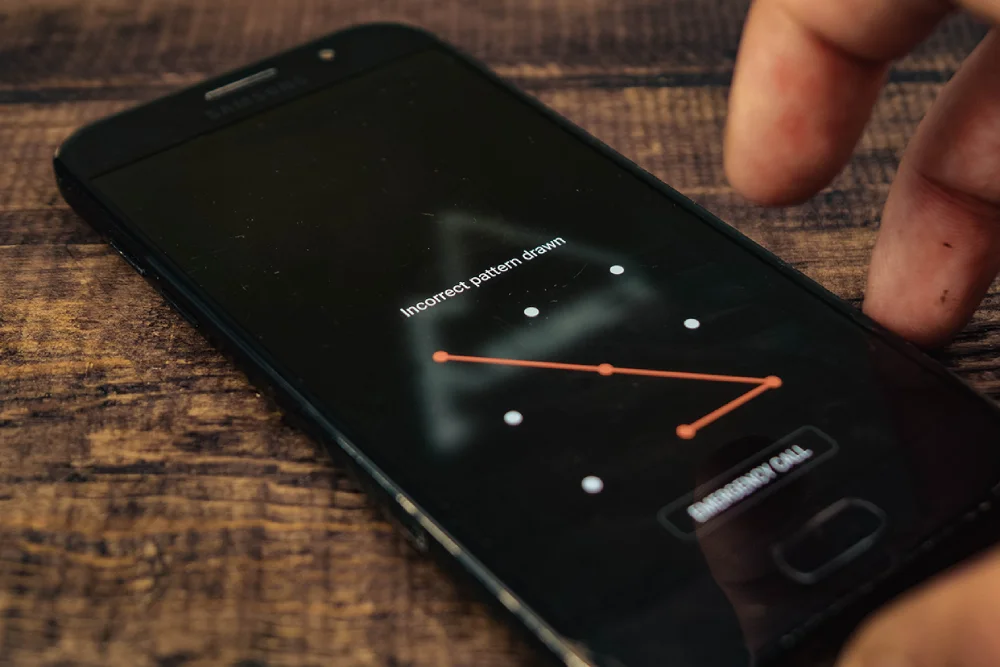
Unlocking mobile phones and tablets refers to the process of removing restrictions placed by a carrier or manufacturer that limit the device’s use to a specific network or region.
There are primarily two types of unlocking: network unlocking and bootloader unlocking.
Network unlocking allows a device originally tied to a specific carrier to be used with other carriers’ SIM cards.
There are primarily two types of unlocking: network unlocking and bootloader unlocking.
Network unlocking allows a device originally tied to a specific carrier to be used with other carriers’ SIM cards.
This is particularly useful when users want to switch to a different network provider or use their device internationally without incurring roaming charges.
Network unlocking is typically achieved by obtaining an unlock code from the carrier or using third-party services that specialize in unlocking devices.
Network unlocking is typically achieved by obtaining an unlock code from the carrier or using third-party services that specialize in unlocking devices.
Screen Replacement
Battery Replacement
Diagnostic Services
Charging Port Repair
Water Damage Repair
Camera Replacement
Rear Glass Replacement
Unlocking
Screen Replacement

Replacing screens on mobile devices and tablets requires precision and expertise to ensure optimal functionality post-repair.
Cracked or damaged screens not only compromise the device’s aesthetic appeal but also hinder usability and may lead to further internal damage if not addressed promptly.
Professional repair services typically begin with a thorough assessment to identify the extent of damage and determine the appropriate replacement parts.
Technicians use specialized tools and adhere to specific procedures to carefully remove the old glass or screen and install a new one seamlessly.
Battery Replacement

Replacing the battery in mobile phones and tablets is a common maintenance procedure that extends the lifespan and usability of these devices. Over time, the battery capacity of smartphones and tablets diminishes due to regular usage and charging cycles. When the battery no longer holds a charge like it used to, replacing it becomes necessary to restore the device’s performance and battery life.
Battery replacement typically involves opening up the device, which may require specialized tools and expertise to avoid damaging other components. Many mobile phones and tablets have batteries that are not easily accessible to the average user, necessitating professional service or repair centers equipped to handle such tasks.
Diagnostic Services

Diagnostic services for mobile phones and tablets play a crucial role in identifying and resolving issues that affect the performance and functionality of these devices.
When a mobile device experiences problems such as battery draining quickly, overheating, software glitches, or hardware malfunctions, diagnostic services are employed to pinpoint the root cause of these issues.
Mobile and tablet diagnostics typically involve a series of tests and checks on various components including the battery, display, camera, processor, memory, and connectivity features like Wi-Fi and Bluetooth.
Charging Port Repair

Charging port repair for mobile phones and tablets is a critical service that addresses issues related to charging connectivity, such as ports becoming loose, damaged, or unresponsive.
When the charging port malfunctions, symptoms may include difficulty in connecting the charging cable, intermittent charging, slow charging, or complete inability to charge the device.
These issues can arise due to physical damage from inserting cables forcefully, accumulation of dust or debris inside the port, or wear and tear over time.
Prompt repair of charging port issues restores normal charging functionality and ensures the device remains operational for everyday tasks and communication.
Water Damage Repair

Repairing water damage in mobile phones and tablets is a specialized service crucial for devices that have been exposed to moisture or submerged in water.
Water damage can cause various issues such as malfunctioning buttons, unresponsive touchscreens, distorted audio, or complete failure to power on.
Immediate action is essential to prevent permanent damage to internal components.
When a device suffers water damage, technicians first assess the extent of the damage through diagnostic tests.
They carefully disassemble the device to clean and dry internal components, removing any moisture or corrosion that could affect its functionality.
Camera Replacement

Replacing the camera in mobile phones and tablets is a specialized repair service aimed at restoring the functionality of the device’s primary and/or front-facing cameras.
Cameras are integral to capturing photos, recording videos, and engaging in video calls, making their proper functioning crucial for users who rely on these features.
The process of replacing a mobile or tablet camera typically involves disassembling the device to access the camera module itself.
Professional technicians use precision tools to carefully remove and replace the damaged camera component with a new one that matches the device’s specifications.
They ensure proper alignment and calibration to restore optimal camera performance.
Rear Glass Replacement

Replacing the rear glass of mobile phones and tablets is a delicate repair service aimed at restoring both the aesthetic appeal and structural integrity of the device.
The rear glass panel serves as protection for internal components and often houses important features like cameras and antennas.
Damage to this glass, such as cracks or shattered pieces, not only affects the device’s appearance but can also compromise its waterproofing capabilities and overall durability.
Technicians use specialized tools and techniques to safely remove the broken glass without causing further damage to other components.
Once the old glass is removed, they meticulously clean the surface to ensure proper adhesion for the new glass panel.
Unlocking

Unlocking mobile phones and tablets refers to the process of removing restrictions placed by a carrier or manufacturer that limit the device’s use to a specific network or region.
There are primarily two types of unlocking: network unlocking and bootloader unlocking.
Network unlocking allows a device originally tied to a specific carrier to be used with other carriers’ SIM cards.
This is particularly useful when users want to switch to a different network provider or use their device internationally without incurring roaming charges.
Network unlocking is typically achieved by obtaining an unlock code from the carrier or using third-party services that specialize in unlocking devices.
Screen Replacement
Battery Replacement
Diagnostic Services
Charging Port Repair
Water Damage Repair
Camera Replacement
Rear Glass Replacement
Unlocking
Screen Replacement

Replacing screens on mobile devices and tablets requires precision and expertise to ensure optimal functionality post-repair.
Cracked or damaged screens not only compromise the device’s aesthetic appeal but also hinder usability and may lead to further internal damage if not addressed promptly.
Professional repair services typically begin with a thorough assessment to identify the extent of damage and determine the appropriate replacement parts.
Cracked or damaged screens not only compromise the device’s aesthetic appeal but also hinder usability and may lead to further internal damage if not addressed promptly.
Professional repair services typically begin with a thorough assessment to identify the extent of damage and determine the appropriate replacement parts.
Technicians use specialized tools and adhere to specific procedures to carefully remove the old glass or screen and install a new one seamlessly.
Battery Replacement

Replacing the battery in mobile phones and tablets is a common maintenance procedure that extends the lifespan and usability of these devices. Over time, the battery capacity of smartphones and tablets diminishes due to regular usage and charging cycles. When the battery no longer holds a charge like it used to, replacing it becomes necessary to restore the device’s performance and battery life.
Battery replacement typically involves opening up the device, which may require specialized tools and expertise to avoid damaging other components. Many mobile phones and tablets have batteries that are not easily accessible to the average user, necessitating professional service or repair centers equipped to handle such tasks.
Diagnostic Services

Diagnostic services for mobile phones and tablets play a crucial role in identifying and resolving issues that affect the performance and functionality of these devices.
When a mobile device experiences problems such as battery draining quickly, overheating, software glitches, or hardware malfunctions, diagnostic services are employed to pinpoint the root cause of these issues.
When a mobile device experiences problems such as battery draining quickly, overheating, software glitches, or hardware malfunctions, diagnostic services are employed to pinpoint the root cause of these issues.
Mobile and tablet diagnostics typically involve a series of tests and checks on various components including the battery, display, camera, processor, memory, and connectivity features like Wi-Fi and Bluetooth.
Charging Port Repair

Charging port repair for mobile phones and tablets is a critical service that addresses issues related to charging connectivity, such as ports becoming loose, damaged, or unresponsive.
When the charging port malfunctions, symptoms may include difficulty in connecting the charging cable, intermittent charging, slow charging, or complete inability to charge the device.
When the charging port malfunctions, symptoms may include difficulty in connecting the charging cable, intermittent charging, slow charging, or complete inability to charge the device.
These issues can arise due to physical damage from inserting cables forcefully, accumulation of dust or debris inside the port, or wear and tear over time.
Prompt repair of charging port issues restores normal charging functionality and ensures the device remains operational for everyday tasks and communication.
Water Damage Repair

Repairing water damage in mobile phones and tablets is a specialized service crucial for devices that have been exposed to moisture or submerged in water.
Water damage can cause various issues such as malfunctioning buttons, unresponsive touchscreens, distorted audio, or complete failure to power on.
Water damage can cause various issues such as malfunctioning buttons, unresponsive touchscreens, distorted audio, or complete failure to power on.
Immediate action is essential to prevent permanent damage to internal components.
When a device suffers water damage, technicians first assess the extent of the damage through diagnostic tests.
They carefully disassemble the device to clean and dry internal components, removing any moisture or corrosion that could affect its functionality.
They carefully disassemble the device to clean and dry internal components, removing any moisture or corrosion that could affect its functionality.
Camera Replacement

Replacing the camera in mobile phones and tablets is a specialized repair service aimed at restoring the functionality of the device’s primary and/or front-facing cameras.
Cameras are integral to capturing photos, recording videos, and engaging in video calls, making their proper functioning crucial for users who rely on these features.
The process of replacing a mobile or tablet camera typically involves disassembling the device to access the camera module itself.
Cameras are integral to capturing photos, recording videos, and engaging in video calls, making their proper functioning crucial for users who rely on these features.
The process of replacing a mobile or tablet camera typically involves disassembling the device to access the camera module itself.
Professional technicians use precision tools to carefully remove and replace the damaged camera component with a new one that matches the device’s specifications.
They ensure proper alignment and calibration to restore optimal camera performance.
Rear Glass Replacement

Replacing the rear glass of mobile phones and tablets is a delicate repair service aimed at restoring both the aesthetic appeal and structural integrity of the device.
The rear glass panel serves as protection for internal components and often houses important features like cameras and antennas.
Damage to this glass, such as cracks or shattered pieces, not only affects the device’s appearance but can also compromise its waterproofing capabilities and overall durability.
The rear glass panel serves as protection for internal components and often houses important features like cameras and antennas.
Damage to this glass, such as cracks or shattered pieces, not only affects the device’s appearance but can also compromise its waterproofing capabilities and overall durability.
Technicians use specialized tools and techniques to safely remove the broken glass without causing further damage to other components.
Once the old glass is removed, they meticulously clean the surface to ensure proper adhesion for the new glass panel.
Unlocking

Unlocking mobile phones and tablets refers to the process of removing restrictions placed by a carrier or manufacturer that limit the device’s use to a specific network or region.
There are primarily two types of unlocking: network unlocking and bootloader unlocking.
Network unlocking allows a device originally tied to a specific carrier to be used with other carriers’ SIM cards.
There are primarily two types of unlocking: network unlocking and bootloader unlocking.
Network unlocking allows a device originally tied to a specific carrier to be used with other carriers’ SIM cards.
This is particularly useful when users want to switch to a different network provider or use their device internationally without incurring roaming charges.
Network unlocking is typically achieved by obtaining an unlock code from the carrier or using third-party services that specialize in unlocking devices.
Network unlocking is typically achieved by obtaining an unlock code from the carrier or using third-party services that specialize in unlocking devices.
Enquire Now
